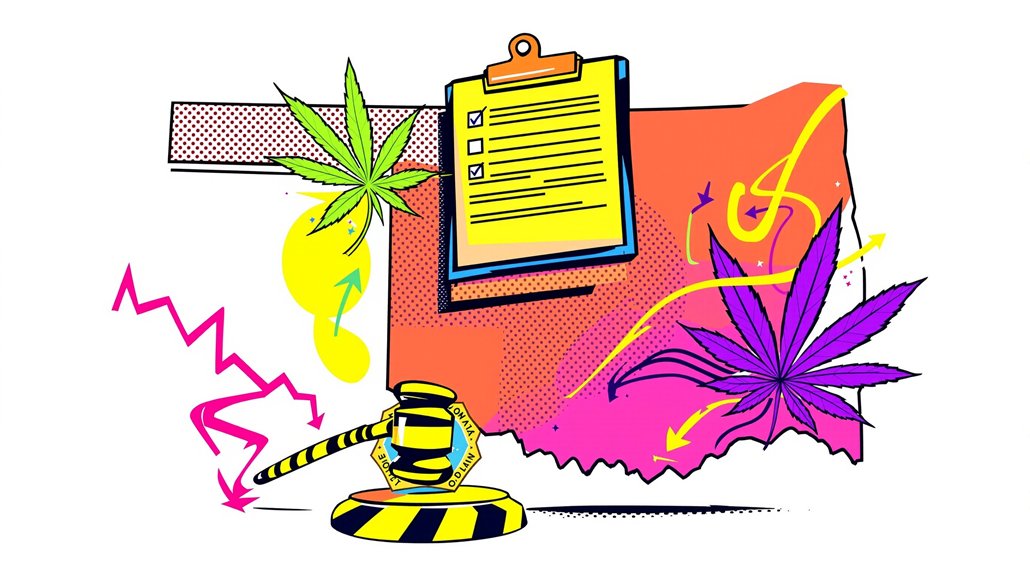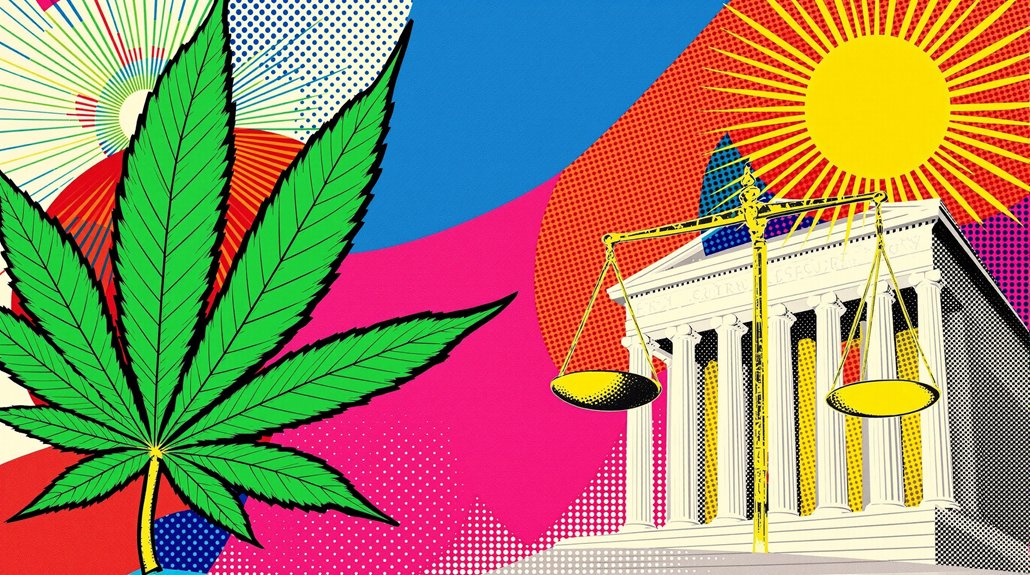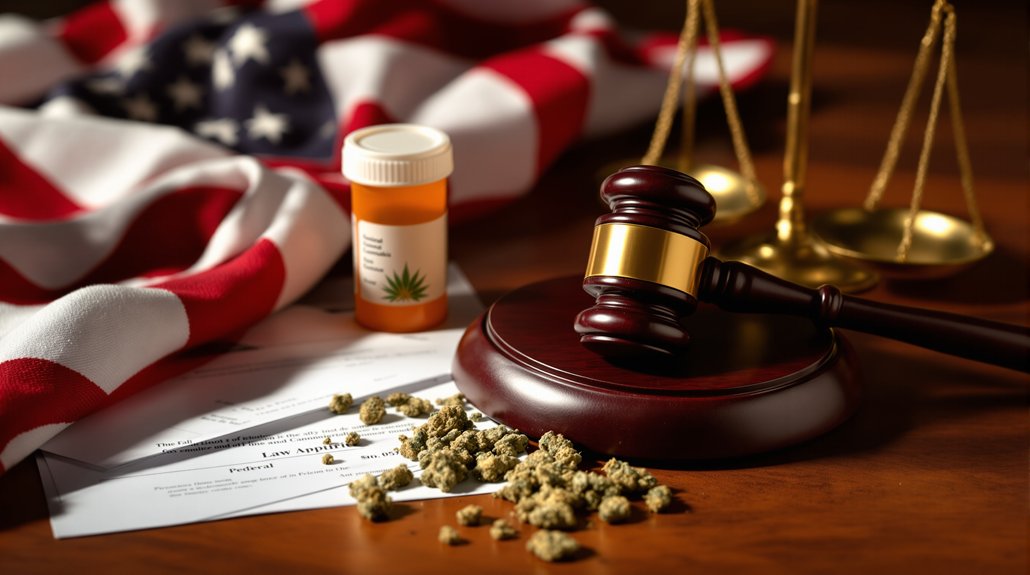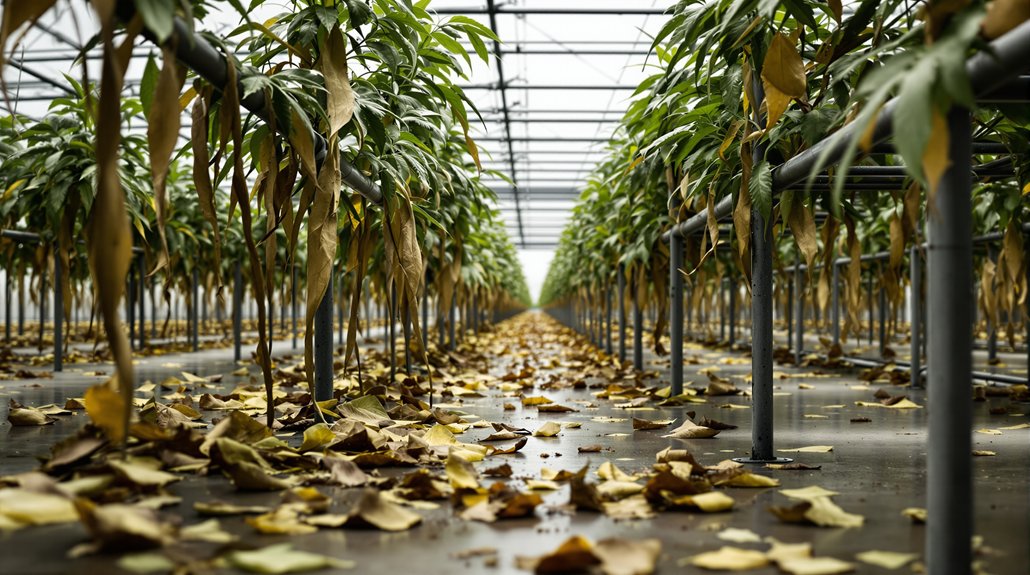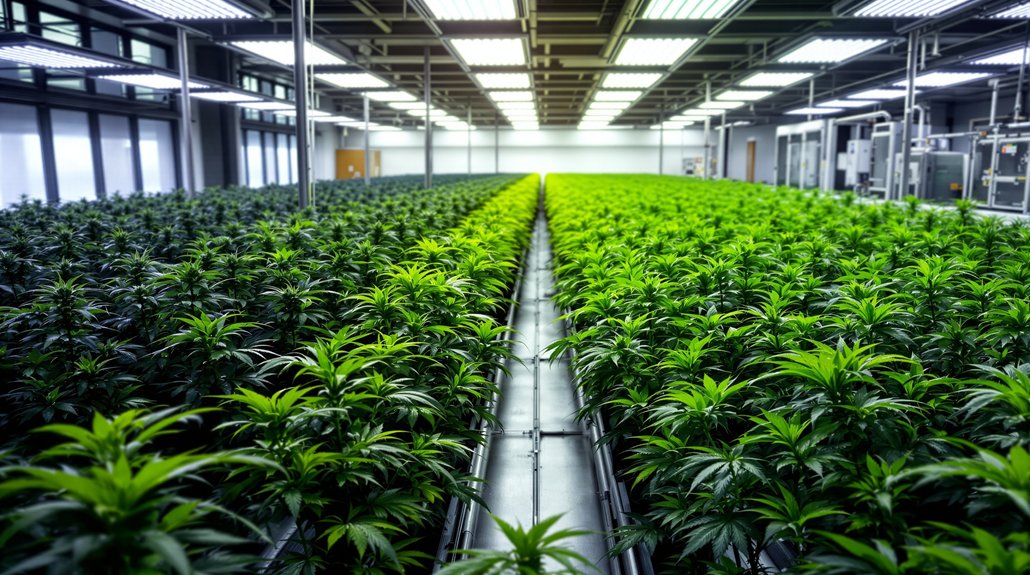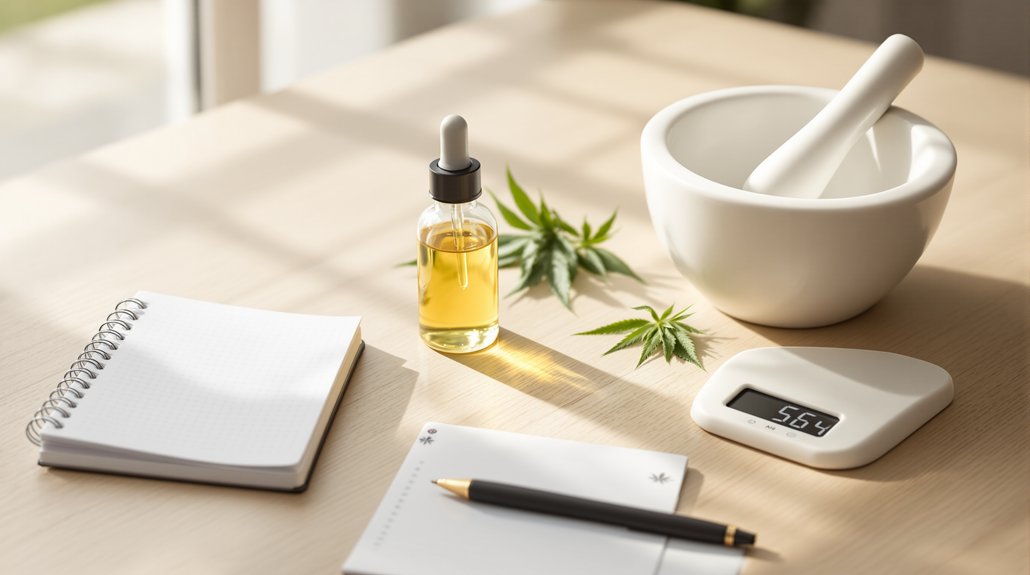While Oklahoma embraced medical marijuana with open arms in 2018, the state now grapples with unintended consequences that have transformed the legalization debate into a complex battle over public safety, youth protection, and economic control.
State Question 788 launched what became one of America’s most liberal medical marijuana programs, creating thousands of cannabis businesses and serving hundreds of thousands of patients by 2025. The 7% sales tax generates revenue, but the system’s permissive nature has created unexpected challenges that opponents now weaponize against recreational legalization efforts.
Law enforcement officials paint a stark picture of Oklahoma’s cannabis landscape. Between March 2024 and March 2025, growers produced 87 million plants while only 1.6 million pounds sold through legal channels. That massive surplus didn’t disappear into thin air. Police link the excess to organized crime networks spanning 12 countries across three continents, transforming Oklahoma into an unexpected hub for international marijuana trafficking.
The youth usage statistics tell an equally troubling story. Oklahoma rocketed from 43rd to 3rd nationally in youth marijuana consumption following medical legalization. High school seniors increased usage by 56% since 2018, while 11- and 12-year-olds showed a 30% spike. Research indicates that high-THC marijuana poses particular risks to developing minds, potentially causing IQ reduction of up to eight points. These numbers provide ammunition for officials warning about normalization effects and access issues.
Recreational legalization advocates continue pushing forward despite setbacks. Voters defeated State Question 820 in March 2023, but grassroots petitions and advocacy groups maintain pressure through initiatives like SQ 818, SQ 819, and SQ 837. Supporters argue legal adult-use programs could generate substantial tax revenue while reducing law enforcement costs currently directed toward possession arrests.
The criminal justice system remains unforgiving toward non-medical users. Possession carries up to six months jail time and $1,200 fines, with repeat offenses bringing harsher penalties. DUI laws enforce zero tolerance for THC, even affecting medical patients who face jail, fines, and license suspension. The Oklahoma Medical Marijuana Authority maintains strict oversight through business licensing requirements, with a moratorium on new dispensary, grower, and processor permits lasting until at least August 2024. Paraphernalia possession adds another layer of legal jeopardy.
Oklahoma lawmakers chose regulatory tightening over expansion in 2024, focusing on controlling the medical system rather than advancing criminal justice reforms. Oklahoma’s situation contrasts sharply with Mexico’s approach, where personal possession of up to 28 grams is decriminalized despite commercial sales remaining illegal. Cannabis businesses continue struggling with federal banking restrictions due to marijuana’s Schedule I classification, limiting interstate financial services access.
The debate reflects broader tensions between individual freedom and public safety concerns. Law enforcement leaders argue recreational legalization would amplify existing black market problems and organized crime activity. Meanwhile, advocates point to potential economic benefits and reduced incarceration rates.
Oklahoma’s experience demonstrates that marijuana policy extends far beyond simple legalization questions, encompassing international crime, youth health, and economic regulation challenges.
